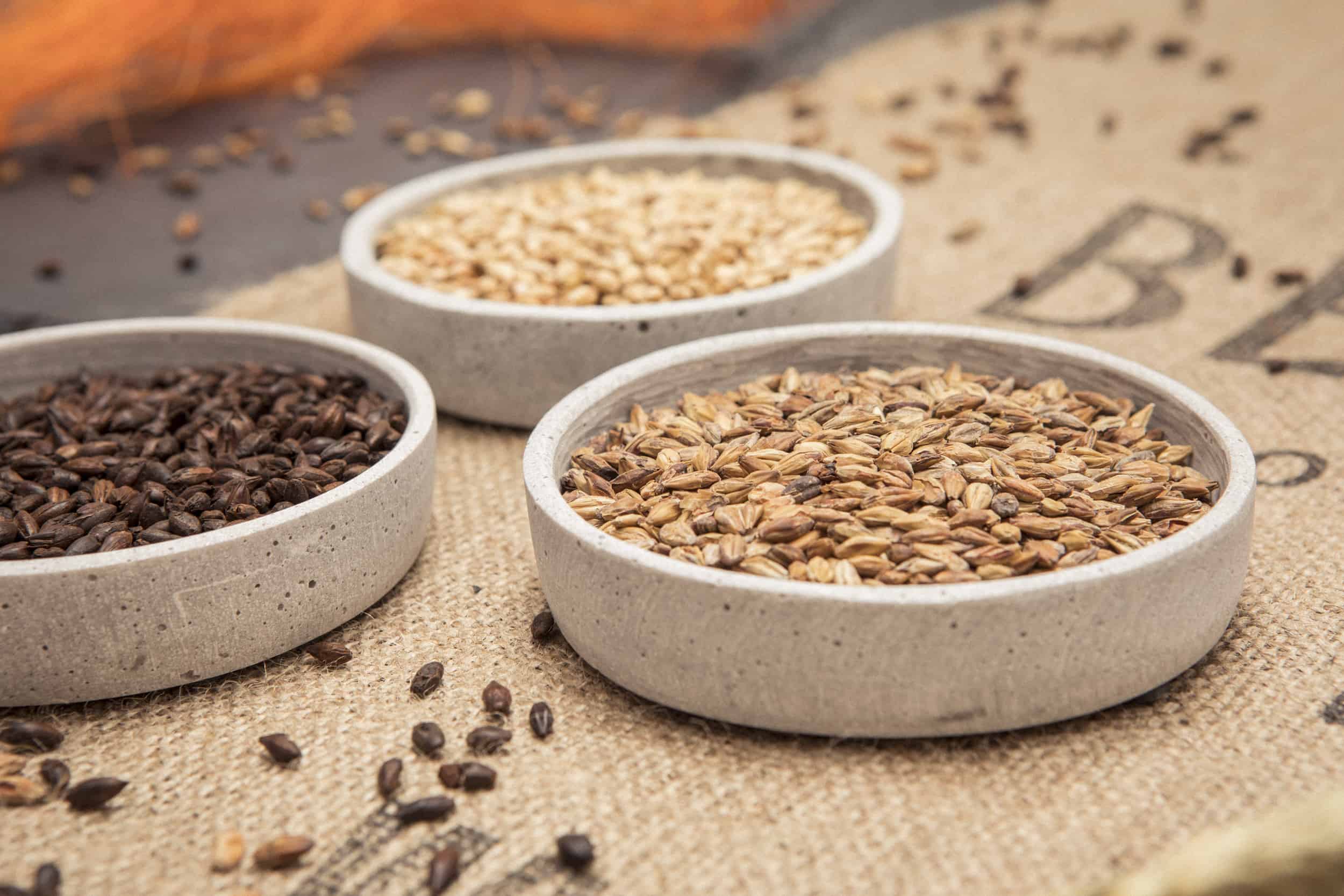What makes a good malt? Whatever type of malt we are creating or refining – whether it is a standard, special or craft malt – we at BESTMALZ rely on a magical blend of four elements that have to harmonize!
And here are the four elements we are talking about:
- Color
- Sensory properties
- Ingredients
- Processability
Color is the first thing you notice about a beer when it is poured into a glass. As with food, a drink should appeal to the eye as well as tickling the taste buds. It matters whether the beer is dark or light, red or blond. A beer style is automatically associated with a clear expectation of its color: Pils has to be pale yellow, ale gold and stout dark. Especially in the craft beer scene and when creating new types of beer, brewers like to experiment with color. The rich, red color reliably produced by BEST Red X® is certainly one main reason for its popularity.
The second factor is the sensory properties the malt produces in the beer: Smell, taste and texture. First, the aroma is perceived by the nose, and here again, it is important that the expectations of a certain beer style are fulfilled. After that, the tongue tastes the beer’s flavor before sensing the texture, in other words the sensation the drink creates in the mouth.
A third important element is the ingredients, above all starch and enzymes, which influence the sugar profile of the malt. This again affects the processability of the malt – the fourth part of the magic blend: For example, the enzyme content has a strong impact on the end product. The way it interacts with the other ingredients is also significant in terms of processability when creating new malt types. For example, the combination of certain kinds of malt and hops can help to disguise undesired substances or aromas.
These four elements guide us in developing new malts. The craft beer trend has created a greater diversity in this respect and fueled demand for innovative malts. Conversely, this can also influence the brewing process and encourage the development of new formulations, for example when a hip craft malt inspires brewers to test new, unusual compositions.

